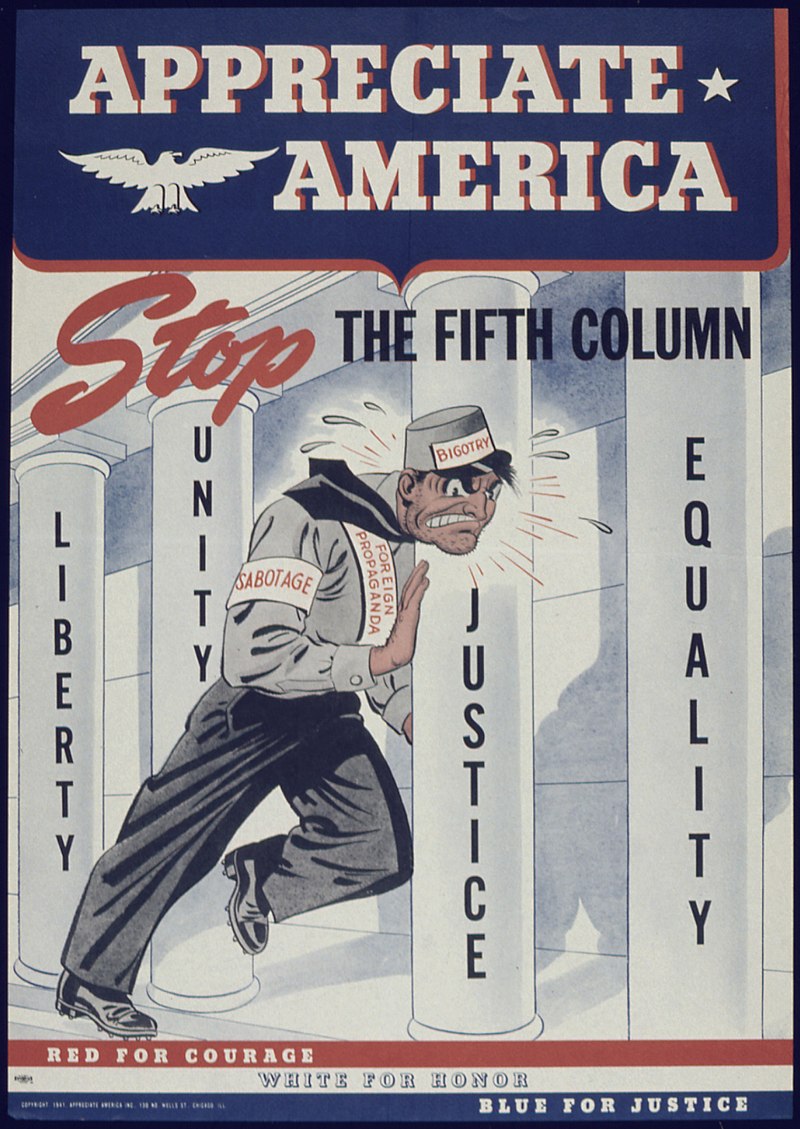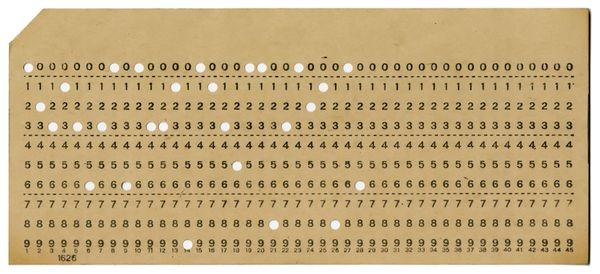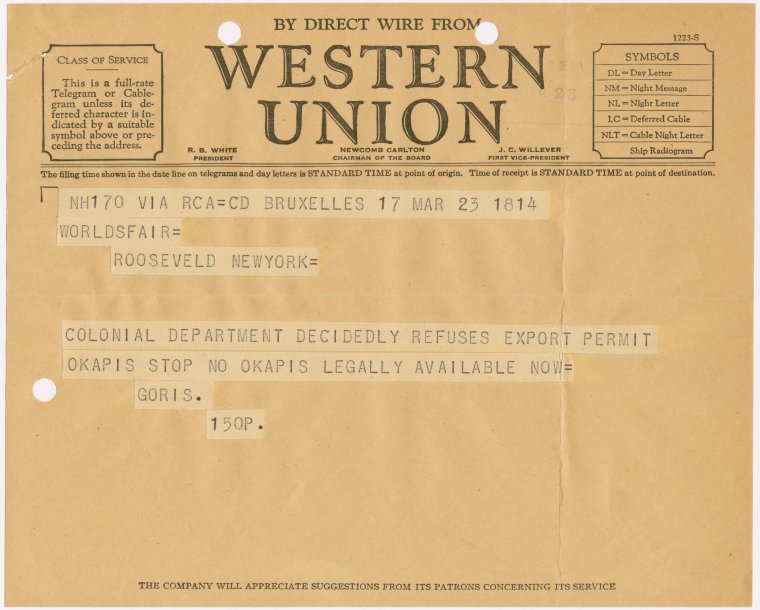The Premise

Fact: Eight Nazi saboteurs did actually land on American soil in 1942 with plans to sabotage several U.S. cities, including New York. The plot was foiled, however, when one turned himself in to the FBI. You can read the story here.
Fact: The sarin gas details from the newspaper are true. The Nazis both developed the deadly gas and neglected to use it during WWII. It was originally developed as a stronger pesticide to kill weevils that were damaging German fields. You can read more here.
Fiction: The specific combination of these elements (sarin gas, New York as a target, covert Nazis at the end of the war) is fictional. At least that we know of…
The Materials
Invisible Ink: Invisible inks were commonly used by spies during WWII, with both the Axis and the Allies developing a variety of methods. Of course, the exact formulation of UV ink (and the specific flashlight) used in the game is modern.
WWII ID: The WWII ID in your game is based off the real thing. We tried to make this component as realistic as possible. You can check out a real ID below.

Map of Manhattan: The map included in Part I of your game is a real tourist map of Manhattan from 1945 (with the addition of our obviously fabricated locations).
Telegraph card: Western Union was the dominant telegraph company in the United States in the 1940s. The telegraph card in your game is designed after the real thing.
Posters: You may have recognized several already, but all of the posters in your game utilized real posters from the war. The original posters can be seen below.

From left to right:
Uncle Sam is depicted, calling on all men to go to their nearest army recruiting station. This is perhaps the most famous recruiting poster of all time.
Rosie the Riveter was, and still is, an iconic symbol of female empowerment. Women joined the workforce in unprecedented numbers during WWII to support the war effort. Riveters attached metal sheets together with circular metal rivets to build planes, tanks, and other military and domestic projects. The lines and circles in the puzzle were designed to look like metal sheets that were riveted together.
Americans were required to ration goods during WWII. Each citizen was given a ration stamp book (very similar to the one we added to this poster), that controlled how much each person could purchase of rationed items.
This was actually a British poster that was prompting general support for the war effort. It should also be noted that the Japanese Imperial fleet was much larger than indicated in our puzzle, and that at no time was the entire fleet in Tokyo bay. The latitude/longitude for the bay is accurate, however!
Map of Grand Central Terminal: The map of Grand Central Terminal in your game is also real, though it was first produced in the 1930s and not meant for semi-transparent paper.
Punch cards: The punch cards are loosely based off of IBM punch cards, paper cards that stored computer data and instructions in the 1940s. Yes, they ended up looking quite different after puzzle testing and iteration… but that’s where the inspiration came from!


